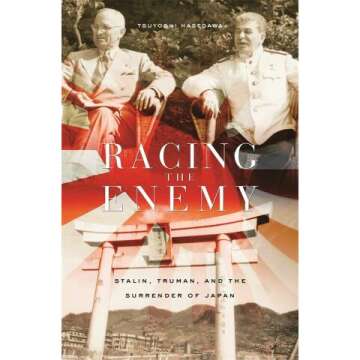The Siege and Surrender of Groningen
The year 1594 marked a significant chapter in the ongoing conflict known as the Dutch Revolt against Spanish rule. The city of Groningen, strategically positioned in Northern Netherlands, was held by the forces of Spain. It was under siege when a combined army of Dutch and English troops, skillfully led by Maurice of Nassau, Prince of Orange, launched an assault. The combination of tactical expertise and the unity of forces was crucial in the eventual surrender of the city, marking a turning point in the struggle for Dutch independence.
Maurice of Nassau’s Leadership
Maurice of Nassau was renowned for his military acumen and innovative siege tactics. His leadership during the siege of Groningen showcased his strategic brilliance. Utilizing both psychological warfare and effective logistical planning, Maurice was able to coordinate efforts with the English forces, who were motivated to assist their Dutch allies in pushing back the Spanish forces.
The Fall of Groningen
The siege lasted several months, and the conditions within the city began to deteriorate. Supplies ran low and morale plummeted as Spanish troops faced increasing pressure. By May 1594, Groningen was forced to surrender, a victory that not only bolstered the morale of the Dutch forces but also shifted the balance of power in the region.
Aftermath and Historical Significance
The capture of Groningen had far-reaching consequences for the Dutch struggle for freedom. It not only eliminated a significant Spanish stronghold in the North but also set a precedent for future alliances between the Dutch and English forces against common enemies.
Impact on the Dutch Revolt
This successful campaign further fueled the resolve of the Republic of the Seven United Netherlands in its pursuit of independence from Spain. It encouraged other cities to reconsider their loyalties and paved the way for greater support for the Dutch cause, eventually leading to full independence decades later.
The Role of England in the Conflict
The alliance between Dutch forces and England, embodied in this campaign, illustrated the geopolitical dynamics of the time. England's support for the Dutch in their fight against Spain was not only driven by political ambitions but also by the desire to curb Spanish dominance in Europe.
Fun Fact
The Unique Defense of Groningen
In the siege of Groningen, defenders utilized not just traditional means of fortification but also innovative defensive tactics, which included using the landscape to their advantage against the besieging forces.
Additional Resources
Recommended Reading on Groningen and the Dutch Revolt
For those interested in delving deeper into this pivotal event in history, consider reading The Dutch Revolt 1559-1648 by Michael A. Palmer and Groningen in the Time of the Revolt by Roderick de Waele for comprehensive insights.































































































































































































































































































































































































































































































































































































 Continue with Google
Continue with Google